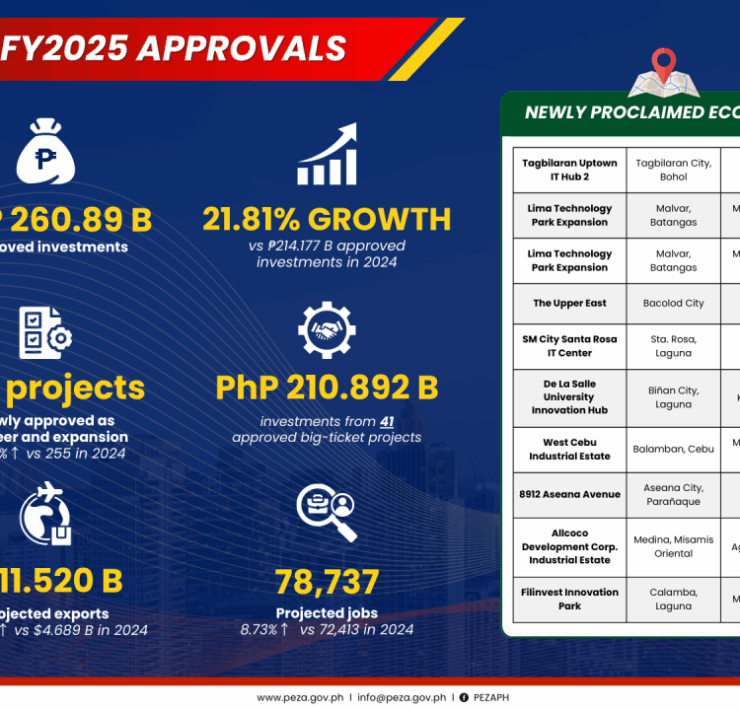T-bills rates fall amid RRR cut, US Fed easing

Yields on Treasury bills (T-bills) went down as expected in Monday’s auction as the US Federal Reserve kicked off its easing cycle and the local central bank announced cuts to banks’ reserve requirement ratio (RRR).
The Bureau of the Treasury (BTr) was able to borrow its target amount of P20 billion via T-bills as the total bids reached P93.26 billion, exceeding the original size by nearly five times.
Broken down, rates for the 91-day T-bill averaged 5.380 percent, down from last week’s 5.743 percent. The 182-day paper fetched an average yield of 5.480 percent, cheaper compared to the 5.940 percent recorded previously.
Meanwhile, the rate for the 364-day T-bill averaged 5.583 percent, down from the previous auction’s 5.973 percent.
The bigger week-on-week decline in average auction yields was largely triggered by the [reserve requirement] cuts that would effectively allow banks to increase loans by about P400 billion, thereby increasing banks’ lending activities at a lower intermediation costs that would also help reduce lending rates, said Michael Ricafort, chief economist at Rizal Commercial Banking Corp.
Big cuts
Last week, the Bangko Sentral ng Pilipinas (BSP) decided to slash the reserve requirement of banks by 250 basis points (bps) to 7 percent from the current level of 9.5 percent, releasing over P300 billion into the financial system that could be used to lend out for purchasing big-ticket items and bankrolling infrastructure projects.
Ricafort said that some of the additional money will also be invested in government bonds and other fixed income securities.
This increased demand is likely to lower market yields, as investors seek to lock in these rates before they decline further amid expectations that the Fed and the BSP will again adjust interest rates in response to easing inflation and efforts to prevent a recession.
The government aims to raise P195 billion from the domestic market this month, of which P80 billion will come from T-bills and P115 billion via Treasury bonds. It also borrows from local and foreign sources to help fund its budget deficit, which is capped at P1.48 trillion or 5.6 percent of the total economic output for this year.





















